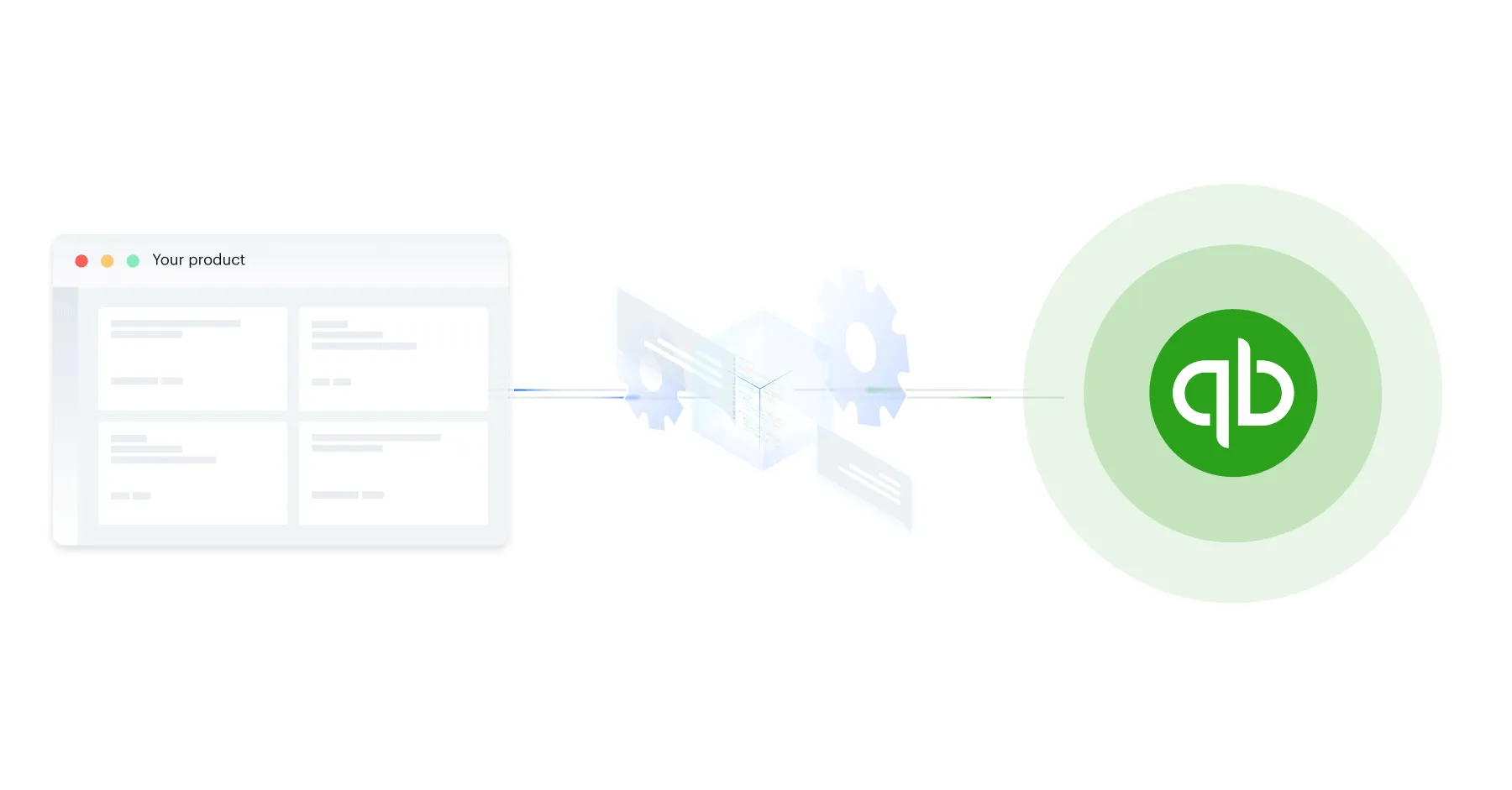Tax rate API: what to know about using the endpoint

Tax rates are an essential part of any bill or invoice.
Accessing and using them successfully, however, isn't always easy—especially when you're managing invoices and/or bills at scale.
Exporting and uploading CSVs with tax rate data, for example, is ripe for human error and time intensive to carry out over time. And manually copying this data from accounting systems and pasting it into other places can prove even more difficult.
To help address these pain points, you can use a tax rate API.
We’ll break down how this type of endpoint can help through examples and by highlighting its benefits. But first, let’s align on what it is.
What is a tax rate API?
It’s an endpoint that syncs tax information from an ERP system with either your product or one of your internal applications. This includes data related to tax codes, applicable locales, and rate values.
Related: Overview on financial statement APIs
Tax rate API examples
To help make this definition more tangible, we’ll first break down an internal use case and then highlight a few customer-facing ones.
Analyze changes in vendors’ tax rates over time
Understanding how your vendors’ tax rates are changing across regions, industries, product categories, and more can help you make more cost-effective procurement decisions going forward.
To help facilitate this, you can integrate your ERP system with your business intelligence (BI) tool and, for a specific dashboard(s), continually sync tax rates across your vendors.

Help customers calculate suppliers' tax rates in your accounts payable product
Say you offer a platform that helps customers manage their suppliers, and, as part of your offerings, you let customers create and send bills to suppliers.
To ensure your bills include the appropriate tax rates, such as VAT, you can integrate with customers’ ERP systems and sync supplier data with your product—including their tax rate data—consistently (e.g., every 24 hours).
.webp)
Related: Common Sage Intaact integrations
Enable customers to include the appropriate tax rates on invoices
Now imagine that you offer a fintech platform that lets users invoice customers.
You can help users determine the correct tax rate for each invoice quickly and easily by integrating with their ERP systems and syncing their customer data, including relevant tax rate data.
.webp)
Benefits of Tax rate APIs
Here are just a few benefits of using a tax rate API:
- Helps you invoice customers and bill suppliers by the correct amounts. Calculating tax rates manually or through CSV uploads can lead to costly human errors that hurt your relationships with customers and/or suppliers and lead to lost revenue. Since Tax rate APIs streamline these syncs, they can help you avoid human errors
- Provides countless time savings. Manually adding and editing tax rate data is extremely time intensive and difficult to keep up with; and exporting and importing CSV files with tax rate data isn’t much better. Fortunately, tax rate APIs can automate the work of adding and updating the data on a predefined cadence
- Lets you integrate at scale. Your customers likely use several ERP systems, which means you’ll need to build several customer-facing ERP integrations to meet customers’ tax rate syncing requirements
To help you avoid dealing with each accounting system’s unique tax data model, you can simply build to a unified API—which lets you add several ERP integrations and sync tax rate data through a normalized model.
Related: The top benefits of building accounting integrations
Sync tax rate data with your product seamlessly and at scale with Merge
Merge, the leading unified API solution, lets you access more than a dozen accounting integrations by just building to its unified API.

Like the other normalized data types, or Common Models, Merge supports, its Tax Rates Common Model returns most—if not all—of the data you’ll need. This includes companies, tax codes, names, descriptions, total tax rates, effective tax rates, and more.
For instance, your product will always receive the following response fields through the Common Model, regardless of the accounting integrations you support via Merge:
In addition, if you need to sync additional tax rate data (or any other types of financial data), you can use advanced features like Field Mapping, Authenticated Passthrough Request, or Remote Data, to access them.
Learn more about how Merge can support your syncing requirements for tax rates by scheduling a demo with one of our integration experts.







.png)
.png)
.png)

